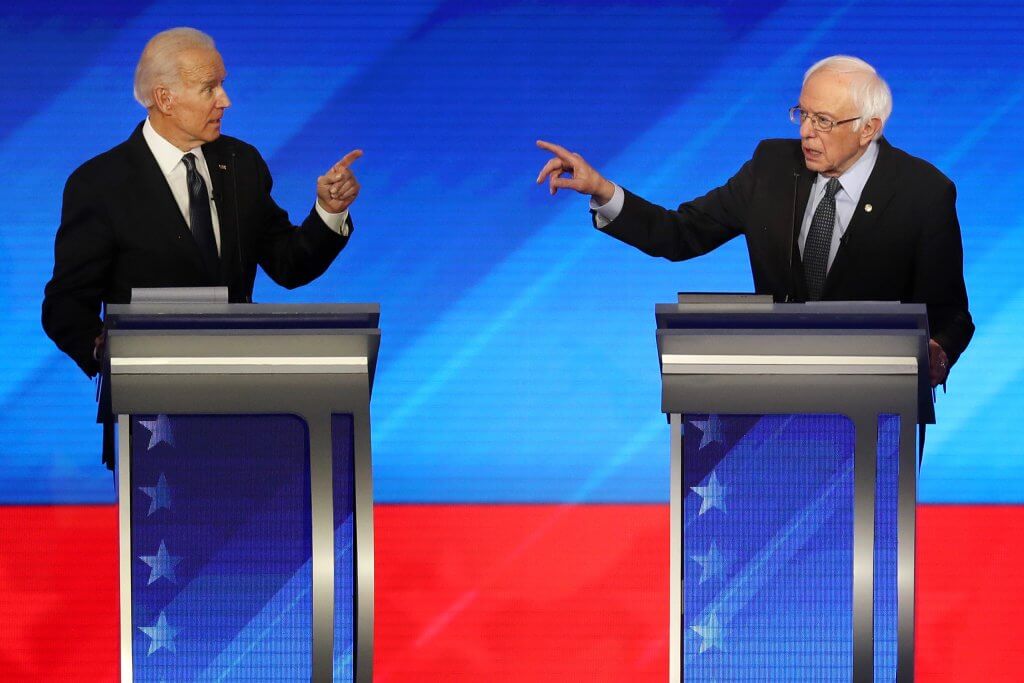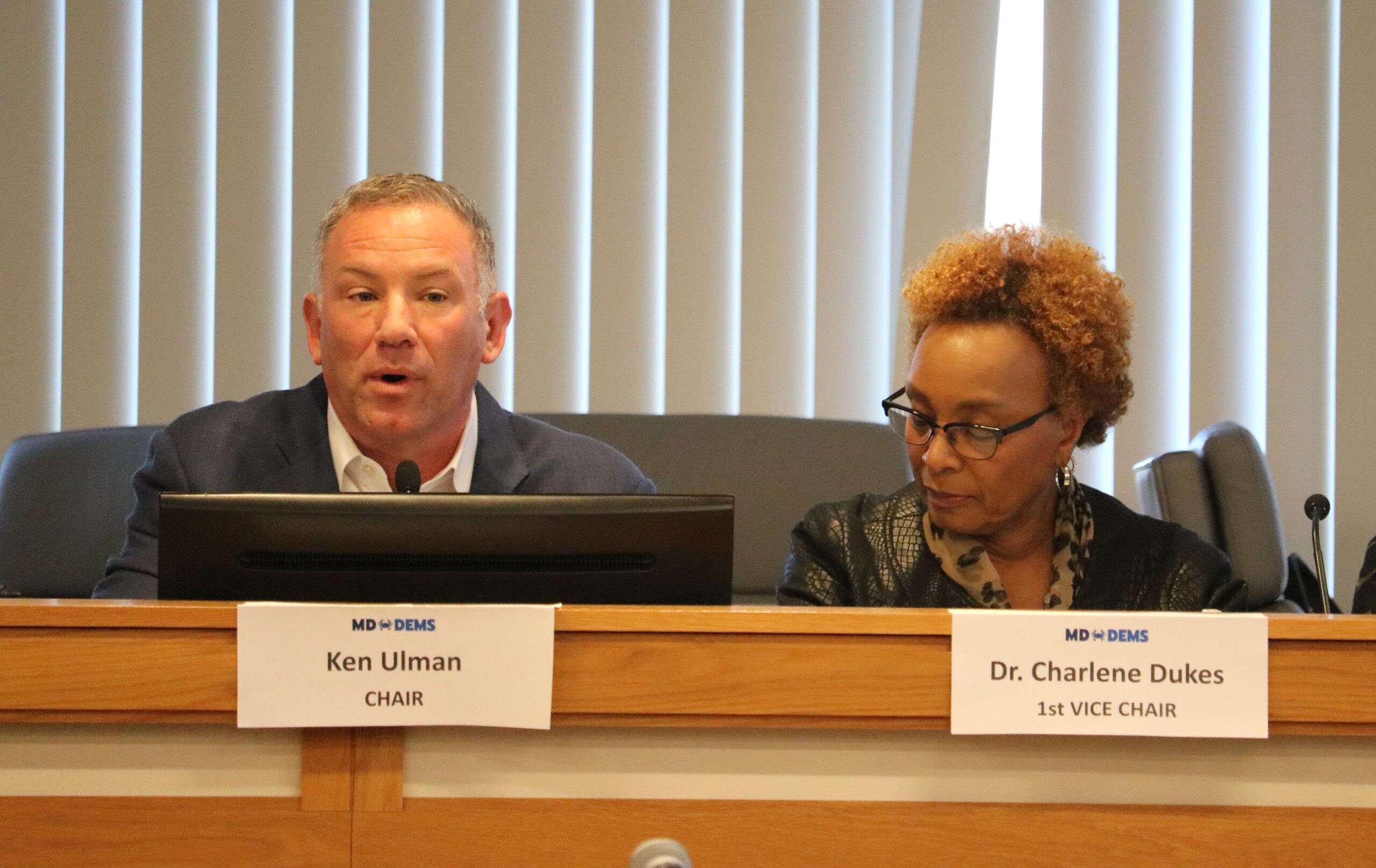
One of the races on the 2020 primary ballot in Maryland has voters vote directly on delegates to party national conventions.
In the 2016 Democratic primary, the vote counts of delegate candidates were strongly correlated (R2=94.5%) with the vote counts of the presidential candidate to whom they were pledged. This suggests that many of these voters are selecting all the delegates who agree with their choice of presidential candidate. It also suggests that they misunderstand how DNC delegates are selected.
This section of the ballot has no effect on the number of delegates who will be pledged to each presidential candidate; this is determined by the presidential vote. In fact, a vote that selects all the delegates pledged to one candidate will have the same effect on which delegates are selected as a vote that leaves that section of the ballot blank.
In Maryland, congressional district-level delegates to the Democratic National Convention are elected through an open-list proportional representation system known as panachage. What this means is that each presidential campaign makes a list of delegate candidates who pledge to support that presidential candidate at the convention.
When primary voters in a Congressional district vote for presidential candidates, all candidates with at least 15% support are awarded delegates in roughly the same proportion as the number of votes they received. (An algorithm called the Largest Remainder Method is used to calculate the exact number of seats awarded to qualifying candidates). The delegates awarded to each presidential candidate are selected from the list that the presidential campaign submitted to the state.
However, since presidential campaigns include as many candidates on their list as there are delegates in a district, if more than one campaign qualifies to receive delegates, then the lists must be ordered to determine who is chosen from each list. The list order is determined by the number of votes each delegate receives (however, to maintain gender balance, candidates of different genders are ranked separately).
This means that a delegate candidate’s vote count only matters in relation to delegate candidates of the same gender, pledged to the same presidential candidate. For example, it never matters who gets more votes between a delegate pledged to former vice president Joe Biden and a delegate pledged to Vermont Sen. Bernie Sanders, since they are on separate lists.
It also means that voters should always cast split ticket votes. If you want to support your favorite presidential candidate by voting for all of the delegate candidates on their list, then your vote will have no effect on the order of your favorite candidate’s list or that of any other candidate. So since you’ll always have at least one vote left over, you can use it to influence the lists of other candidates.
While the question of who represents each campaign might seem like a trivial detail, in some cases there can be important differences between the delegate candidates on the same list. For example, the delegate candidates listed by the Sanders campaign have expressed varying degrees of willingness to help Biden in the general election.
This system is very different from any other used in Maryland elections. Usually when you vote in multi-seat elections in Maryland and your ballot instructs you to “vote for up to (however many seats there are) candidates,” it is a plurality at large election where the candidates with the most votes win.
However, there is nothing on the ballot that indicates that this election is different. The ballot only instructs voters on the number of candidates that a voter may select, which is no different from any other race on the ballot. This is a huge problem because it misleads voters into believing that the election follows the same rules as the other races on the ballot, and in doing so encourages them to cast a vote that effectively cancels itself out.
The ballot instructions need to clearly express that delegate candidates’ vote counts only decide who is elected among those candidates of the same gender (which the ballots already clearly communicate) and presidential preference. Making sure that voters understand how their vote affects the outcome of an election is an essential part of having an informed electorate.
— DAVID HINDS
The writer is a third-year Statistics student at the University of Toronto and a registered voter in Montgomery County.




 Creative Commons Attribution
Creative Commons Attribution